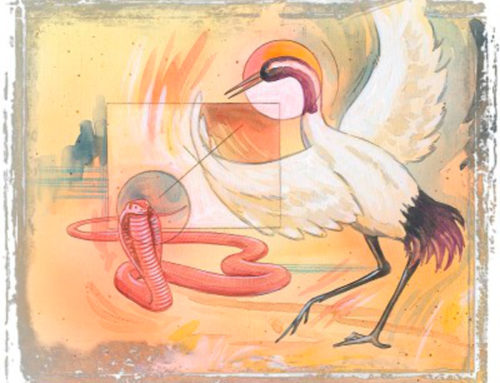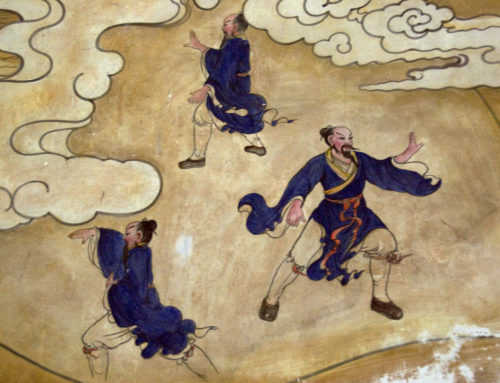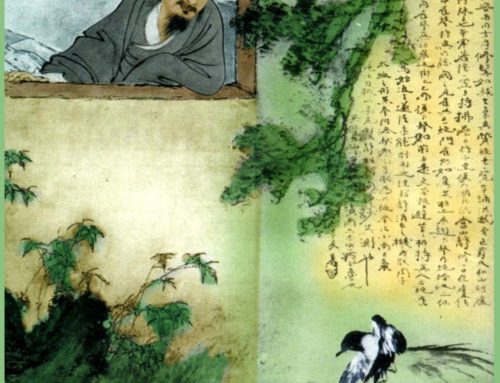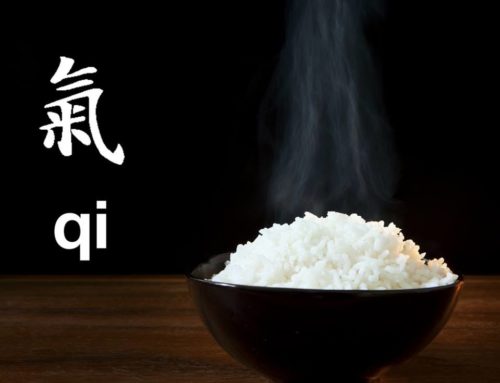Taiji (tai chi) as a practice, meaning “grand ultimate” or “grand extreme”, first appeared in Yi Jing (Scripture of Changes); quan, meaning “fist”, is a word used as a suffix in the Chinese language to denote a certain martial art system. Traditional Chen Taijiquan is widely acknowledged as the oldest ancestor of all other Taijiquan styles. It was created by Chen Wangting, 9th generation ancestor of the Chen Family. He created taiji as a family art with the intention of passing it to his descendants.
Thus Taijiquan (tai chi chuan), is a complete martial arts system incorporating the taiji principles rooted in the various manifestations of the two oppositional, yet, at the same time, reciprocal energies – Yin and Yang. In the practice of Taijiquan these energies can be observed, explored, and experienced as the substantial and the insubstantial, the soft and the hard, the fast and the slow, the tense and the relaxed, the expanded and the contracted, the open and the closed. It aims to couple softness with strength, combining slow movements with fast, involving quick leaps, while remaining loose and flexible. It maintains the traditional style, but combines the skills of previous generations to nourish the vital health of the body. It unites yin and yang, using a “spiral of silk” turning movement.
This kind of movement unites skill with inner quiet, coordinating inner Qi (or life energy) with outer movement, thought with action. It merges fast with slow, taking in with giving out, open movements with closed, thereby making the mind calm and comfortable while exercising the body. Tai Chi in this way achieves the dual effect of enhancing health and providing self-defence skills.
One of the great personalities and an important figure in the family lineage is Chen Fake or Ch’en Fa-k’e (1887–1957). Born and raised in Chen Family Village (Chenjiagou, 陳家溝) in Henan province, he was the 17th generation lineage holder of Chen-style taijiquan. His great-grandfather was the famous Taijiquan grandmaster Chen Changxing. Chen Fake made Chen-style taijiquan a known to a wider public when he went to Beijing in 1928 and opened the Zhongzhou Institute, which taught taijiquan. Chen Fake is also known as the creator of the so-called newer forms of tai chi within Chen style. Chen Fake feared that taijiquan was being lost because some of its properties were too subtle, so he created a form that added visible external movements to internal actions.
The Long Tou Shan Tai Chi School teaches Chen Family Taijiquan following the lineage of Grandmaster Chen Zhenglei. Born in May 1949 in Chen Village, he is a 19th generation descendant of the Chen’s family and a 11th generation direct-line inheritor of Chen Tai chi chuan. He began his martial arts training at an early age under the tutelage of Grand Master Chen Zhaopi and Grand Master Chen Zhaokui. Both of whom were principle students of Chen Fake. He continues to hand down the tradition and teaches widely in China and abroad. Master Mei Juan Luo, the founder and head coach at the Long Tou Shan Tai Chi School is a disciple of the Grandmaster and trains with him annually. You can read more about the Grandmaster on his English language website here.
Though the Long Tou Shan Tai Chi School teaches other forms such as Yang style tai chi the teachers are all very experienced at teaching Chen Taijiquan and hope that you will take the opportunity to train with us at our Yangshuo based Tai Chi School.
 Roy Hanney – is a university lecturer living and working in Hangzhou, Zhejiang Province, China. He practices taiji, qigong and yoga with a particular passion for Chen Style Taijiquan. In his spare time he makes films, authors websites and makes video art. He blogs about his encounters with Qigong and Daoist healing arts at his website: http://www.qigonginchina.com Roy Hanney – is a university lecturer living and working in Hangzhou, Zhejiang Province, China. He practices taiji, qigong and yoga with a particular passion for Chen Style Taijiquan. In his spare time he makes films, authors websites and makes video art. He blogs about his encounters with Qigong and Daoist healing arts at his website: http://www.qigonginchina.com |





Leave A Comment